You’ve likely heard the terms ‘Media Relations’ and ‘Public Relations’ used interchangeably, but do you know they’re not the same thing? Media Relations is all about fostering a positive relationship with the press, ensuring your organization’s story gets heard. Public Relations, however, is a broader field, encompassing everything from strategic planning, managing your company’s reputation to crisis communication. While they may overlap, understanding the differences is key. So, why does it matter and how can distinguishing between the two enhance your communication strategy? Let’s find out.
Understanding Public Relations
Let’s shift our focus to understanding public relations now.
You’ll get to explore what public relations really means and the broad scope it encompasses.
We’ll also discuss various tools and strategies utilized in this field that make it so effective.
Definition and Scope of Public Relations
Explore the world of public relations (PR), where managing communications with various stakeholders is vital to shaping public perception. This scope definition illustrates the broad focus of PR, emphasizing its strategic planning, stakeholder engagement, reputation management, and crisis communication.
PR’s strategic planning involves identifying key messages and determining the best methods to communicate them. It’s about crafting a roadmap that guides your communication efforts to make sure they align with your organization’s goals.
Stakeholder engagement, an integral part of PR, is all about building and nurturing relationships with those who’ve a vested interest in your organization. It’s about understanding their needs and expectations and addressing them effectively.
Reputation management, another critical aspect of PR, is about shaping public perception of your organization. You’re tasked with promoting a positive image, addressing negative publicity, and ensuring your organization’s actions align with its values.
Lastly, crisis communication comes into play when your organization faces a public issue or controversy. It’s about managing the flow of information, minimizing damage, and rebuilding trust post-crisis.
Tools and Strategies in Public Relations
Now that you’ve grasped the broad focus and key elements of public relations, it’s time to get familiar with the tools and strategies PR professionals employ to build and maintain relationships with the public.
In today’s digital age, the importance of online platforms can’t be overstated. Digital marketing is an essential tool in public relations. It helps in reaching out to a broad audience, enhancing brand visibility, and promoting engagement.
Influencer partnerships also play a significant role. By collaborating with individuals who’ve a substantial online following, you can leverage their influence to promote your brand.
Let’s not forget the role of crisis management. When things go wrong, a swift, transparent, and strategic response can protect your brand’s reputation.
Content creation and brand storytelling are also crucial strategies. Creating compelling content and narrating your brand’s story in an engaging way can help you connect with your audience on an emotional level.
Here’s a quick rundown:
- Digital marketing: Expands your reach and visibility.
- Influencer partnerships: Leverage industry influencers to promote your brand.
- Crisis management: Swift, transparent responses to issues that may harm your brand’s reputation.
- Content creation and brand storytelling: Connect with your audience on a deeper level.
In essence, the right mix of strategies can make your public relations efforts successful.
Exploring Media Relations
Now, let’s shift our focus to media relations.
You’ll learn about its definition and underlying focus, and we’ll also show you some of the most effective techniques and practices in the field.
Definition and Focus of Media Relations
While you may often hear the term ‘media relations,’ it specifically focuses on interacting with the press to secure media coverage. It’s all about the relationship between an organization and the media.
It’s not just about sending press releases; it’s about understanding the needs of journalists and feeding them relevant and interesting stories about your organization. This requires strategic planning, careful messaging, and targeted media engagement.
- Media pitching: This involves reaching out to journalists with story ideas that are relevant to their beat. You need to know what they write about and tailor your pitch accordingly.
- Press interactions: Regular contact with the press is essential. This could be through press conferences, interviews, or casual meetings.
- Journalist relationships: Building strong relationships with journalists is key. You need to be a reliable source of information for them.
- Coverage securing: This is the end goal of media relations. You want to secure positive coverage for your organization in the media.
Techniques and Practices in Media Relations
Having understood the focus of media relations, let’s explore some specific techniques and practices you can use to effectively manage relationships with the media.
Media outreach is one such practice, where you proactively reach out to journalists and publications that might be interested in your story. This is a key way to develop journalist relationships, which are central to successful media relations. Regularly engaging with journalists, understanding their interests and providing them with useful information will help build these relationships.
Story pitching is another important technique. This is about crafting and presenting your story in a way that appeals to the media. Remember, journalists receive numerous pitches daily, so yours needs to stand out.
In the event of a crisis, you’ll need effective crisis communication strategies. This involves preparing beforehand, responding promptly and honestly, and maintaining open lines of communication.
Lastly, all these efforts aim to enhance brand exposure. By establishing strong media relationships, pitching engaging stories, and managing crises effectively, you can make sure that your brand gets the positive exposure it needs.
Key Differences Between Public Relations and Media Relations
You may wonder, ‘What sets public relations apart from media relations?’
It’s not just about the titles; it’s the varying channels of communication, objectives, and strategies that differentiate the two.
Now, let’s clarify these key differences to help you understand and utilize each field more effectively.
Communication Channels
When it comes to communication channels, public relations employs a diverse range to engage various stakeholders, whereas media relations primarily focuses on leveraging the press. As part of your public relations strategy, you’ll use different channels based on your target audience and the message you’re trying to convey.
Public relations utilizes a broader range of communication strategies. These can be both online platforms and offline mediums. The goal is to facilitate stakeholder engagement and to deliver clear, consistent brand messaging.
- Online platforms like social media, blogs, and websites are used to reach a wider and more diverse audience. These platforms allow for direct interaction with the public, fostering a more personalized relationship.
- Traditional PR tools like press releases and events are still important for getting your message across to a specific audience.
- Stakeholder engagement events, such as town hall meetings and webinars, are used to garner direct feedback and foster a sense of community.
- PR also makes use of internal communication tools like newsletters and emails to reach internal stakeholders like employees.
In contrast, media relations is more focused on developing relationships with journalists and editors who can help amplify the brand’s message through various media outlets.
Objectives and Strategies
While both public relations and media relations share common goals, their objectives and strategies often diverge to a large extent. Public relations focuses on broader stakeholder engagement, including employees, investors, customers, and the general public. On the other hand, media relations specifically targets journalists and media outlets.
Messaging alignment is crucial in public relations to guarantee consistent communication across diverse target audiences. For media relations, the focus is on customizing messages to suit specific media platforms and their readership.
Relationship building is central to both. However, public relations aims to cultivate long-term relationships with a wide range of stakeholders, while media relations focuses on fostering strong ties with media professionals.
In terms of crisis management, public relations takes a holistic approach, managing communication with all stakeholders. Media relations, however, is more focused on controlling the narrative within the media.
Complementary Roles of PR and Media Relations
You might wonder how PR and media relations can work together in harmony. Consider how the integration of media relations into PR strategies can enhance overall outcomes.
This discussion will also touch on the significant impact of media relations on the success of public relations campaigns.
Integrating Media Relations into PR Strategies
Incorporating media relations into your PR strategies can greatly amplify your messages, serving as an essential piece in your broader communication tactics. Effective media outreach goes beyond just distributing press releases; it involves cultivating relationships with journalists, bloggers, and influencers who can help disseminate your narrative to a wider audience.
An important aspect of integrating media relations into your PR strategies involves messaging alignment. It’s important to make sure that your messaging is consistent across all platforms, including media outreach, to maintain brand integrity and credibility.
Story pitching is another key element. This involves crafting compelling stories about your brand that journalists will want to cover. The more newsworthy your story, the more press coverage you’re likely to receive.
Lastly, media relations plays a critical role in crisis management. When a crisis strikes, having strong media relationships can help you control the narrative, get your side of the story out there, and mitigate damage to your brand’s reputation.
In summary, here are the key points to remember when integrating media relations into your PR strategies:
- Cultivate strong relationships through media outreach
- Ensure messaging alignment across all platforms
- Craft compelling, newsworthy stories for greater press coverage
- Leverage media relationships for effective crisis management
Impact of Media Relations on Public Relations Success
Undoubtedly, successful media relations can greatly enhance your public relations efforts, providing invaluable media exposure and credibility. This exposure not only propels your brand into the limelight but also gives a significant credibility boost. When media outlets share your story, they implicitly vouch for your brand, enhancing your reputation among their vast audiences.
This increased visibility also promotes brand recognition. The more your brand is mentioned in the media, the more familiar it becomes to potential customers. This familiarity can influence their purchasing decisions, driving sales and boosting your bottom line.
Media relations also play an essential role in audience engagement. By leveraging media outlets, you can interact with a broader audience, fostering stronger connections. This engagement can elicit valuable feedback, enabling you to better meet your audience’s needs and expectations.
Moreover, media relations are vital for reputation management. They provide the platforms to address issues, clarify misunderstandings, and express your brand’s values. By managing your narrative, you can mitigate crises, uphold your reputation, and maintain public trust.
Therefore, a strategic approach to media relations is essential for PR success.


